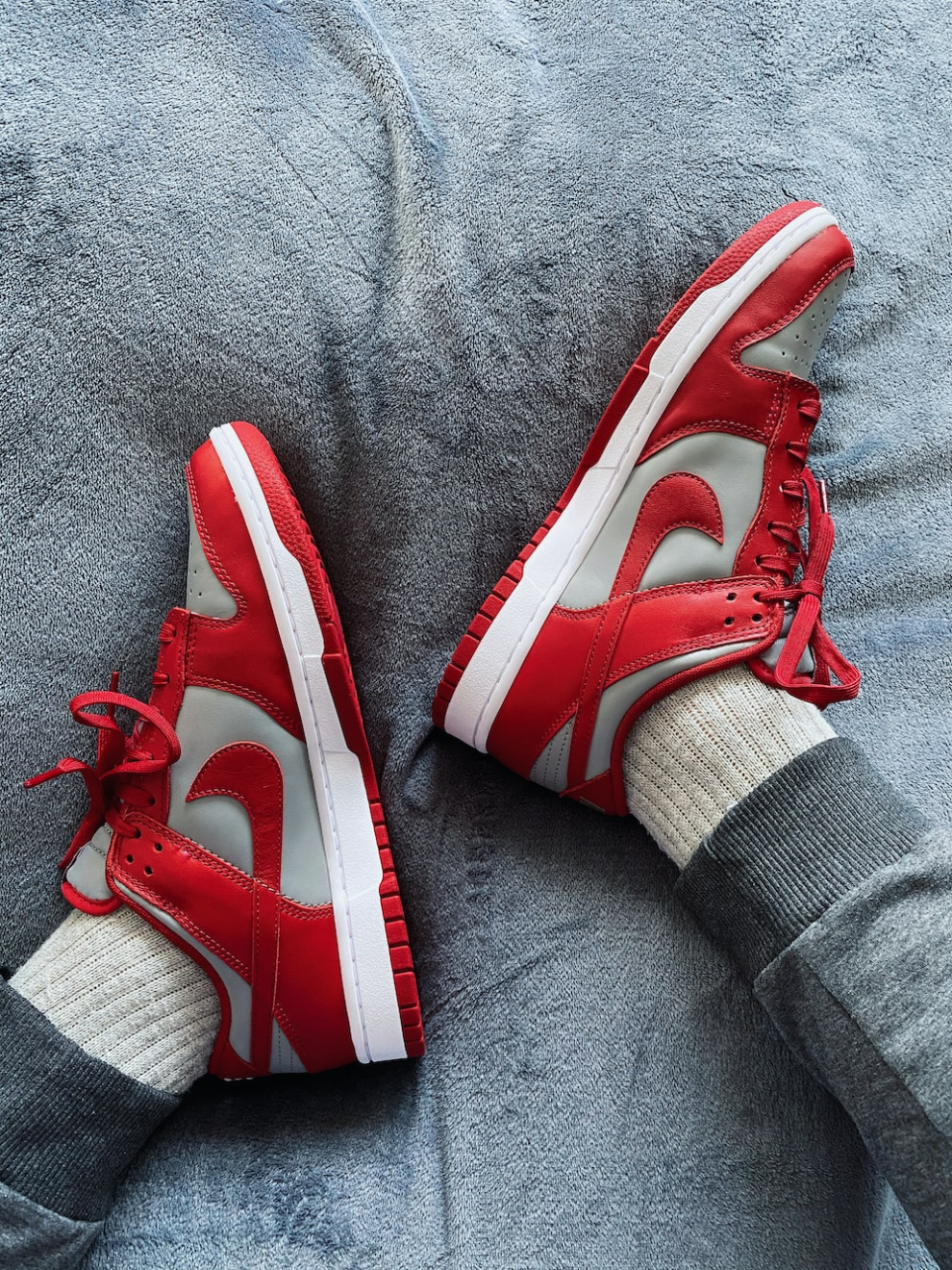Basketball is a sport that demands agility, speed, and precision. Every player knows the value of having the proper tools to improve their performance on the court. Regarding basketball sneakers, players must make a crucial decision between high-top and low-top designs like Nike dunks.
While both types have advantages and disadvantages, selecting the right style can significantly impact a player’s game. This article will explore the differences between high-top and low-top basketball sneakers and provide insights to help you make an informed decision.
Here are five key points to consider:
Ankle Support
One of the primary factors differentiating high-top and low-top basketball sneakers is their level of ankle support. High-top sneakers are designed with a higher collar that extends above the ankle, offering enhanced stability and support.
Players with ankle issues or seeking confidence in agility and landings may find value in this feature. Conversely, low-top sneakers prioritize speed and flexibility with their lower collar. Evaluating playing style and requirements is vital when considering ankle support levels.
Mobility and Flexibility
The agility and adaptability provided by basketball sneakers are essential for a player’s ability to navigate the court swiftly. While Nike dunks offer excellent ankle support, they may impede the natural range of motion. This limitation can be noticeable during movements that require extreme flexibility, such as crossovers or sudden changes in direction.
Conversely, low-top sneakers offer greater freedom of movement, allowing players to execute quick and fluid motions efficiently. If you prioritize agility and fluidity in your game, opting for low-top sneakers might be the ideal choice.
Injury Prevention
In basketball, injury prevention is essential. High-top and low-top sneakers play a crucial role in this regard. Players who are prone to ankle sprains or are in the process of recovering from injuries often prefer Nike dunks due to their stability and supportive features.
High tops limit excessive ankle motions, reducing the risk of twisting or rolling. Low-top sneakers may lack ankle support but can improve lower leg strength and stability. Consider your injury history and medical advice when choosing the right sneakers.
Performance Considerations
Sneaker selection plays a significant role in basketball performance. High-top sneakers offer ankle support for a confident, aggressive playing style and robust defense. Low-top sneakers favor speed and dynamism for quick accelerations and seamless transitions. Assessing playing style and game demands helps determine the ideal sneaker type for optimal performance.
Comfort and Personal Preference
Aside from functionality, the comfort of basketball sneakers is crucial for an enjoyable playing experience. Personal preferences play a significant role, as comfort can vary from person to person. Some players find high-top sneakers’ snug fit and ankle support comforting, while others may find them restrictive.
Low-top sneakers, with their lighter weight and breathability, offer a more comfortable fit for players prioritizing ventilation and flexibility. Trying on different models and styles is the best way to determine what feels most comfortable for your feet.
Conclusion
Ankle support, mobility, injury prevention, performance concerns, and individual comfort should all be considered when deciding between high-top and low-top basketball sneakers. Remember that there isn’t a right or wrong choice; it all depends on your tastes and playing style.
Consider consulting with experienced players or seeking advice from knowledgeable sports professionals to help guide your decision. By carefully evaluating these factors and understanding your preferences, you can make an informed choice and select the basketball sneakers that will best elevate your game.



















Add Comment